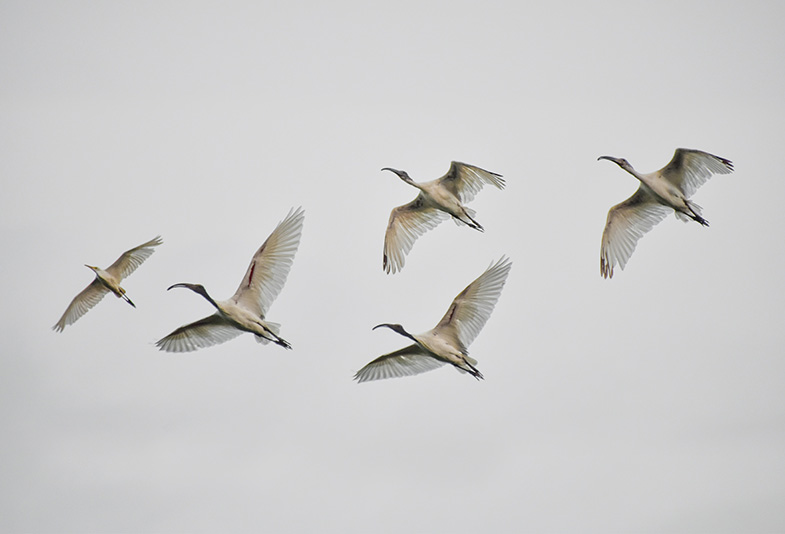
Crane Birds in India: Majestic Symbols of Grace and Conservation
India, with its diverse ecosystems and rich biodiversity, is home to a fascinating array of bird species, including several types of crane birds. Cranes are large, long-legged, and long-necked birds that are known for their graceful movements and striking appearances. They are often associated with wetland habitats, where they feed, breed, and raise their young. In India, crane birds are not only a vital part of the ecosystem but also hold cultural and ecological significance. This article explores the different species of cranes found in India, their habitats, behaviors, and the conservation challenges they face.
Species of Crane Birds in India
India is home to three prominent species of crane birds: the Sarus Crane, the Demoiselle Crane, and the Common Crane. Each of these species has unique characteristics and habitats.
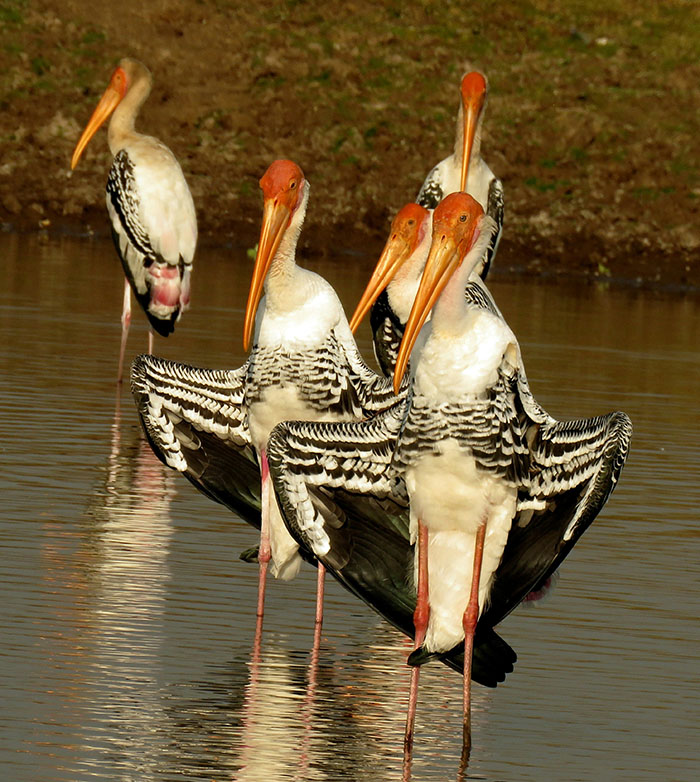
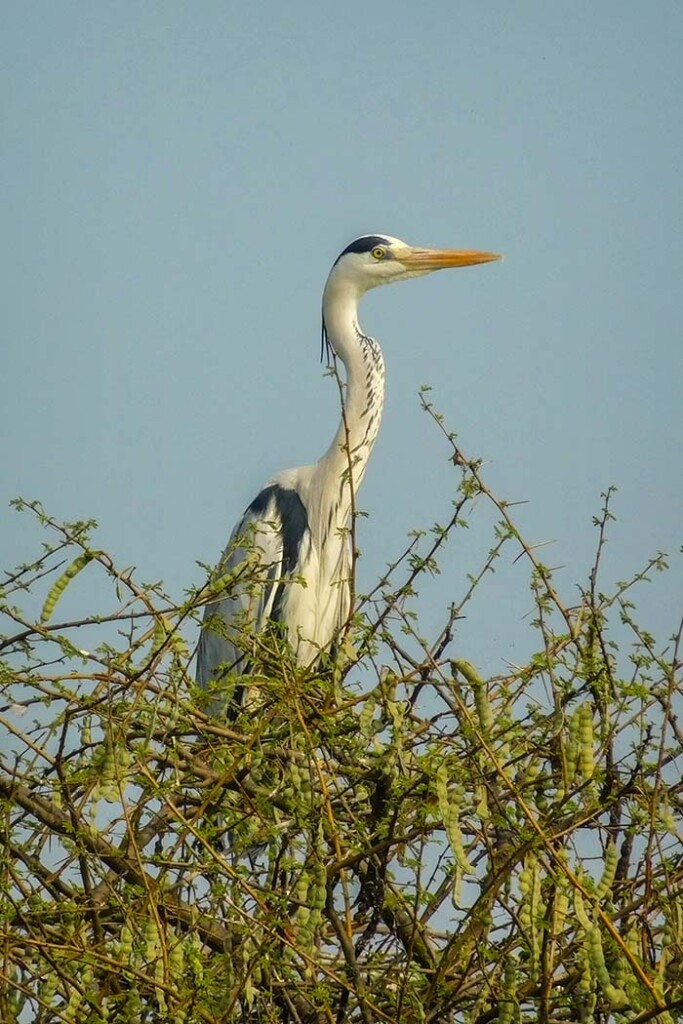
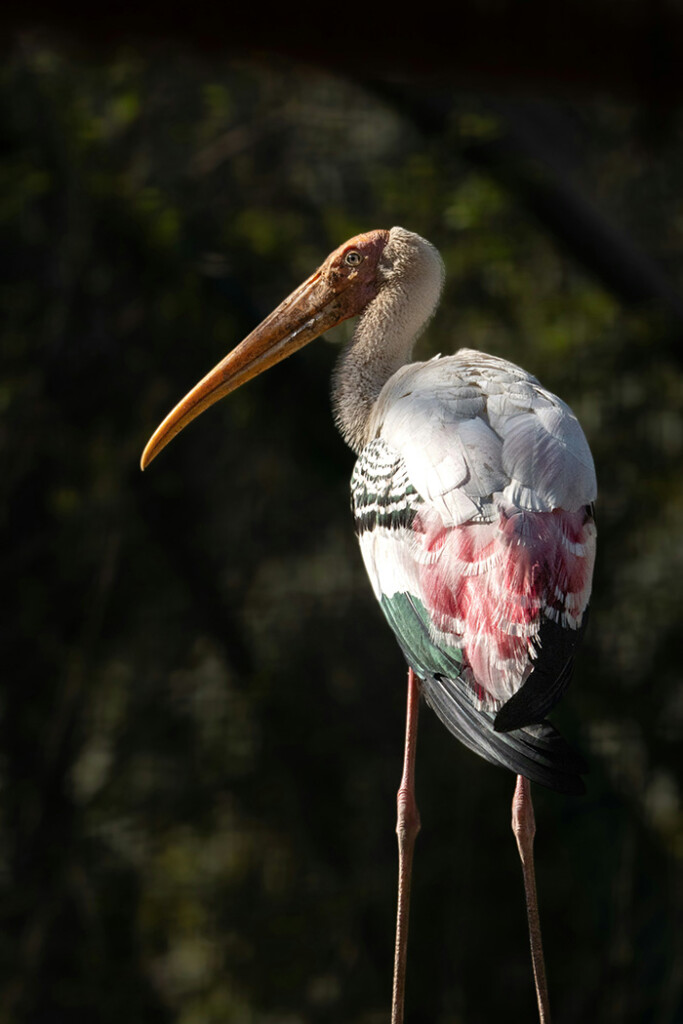
1. Sarus Crane (Antigone antigone):
The Sarus Crane is the tallest flying bird in the world, standing at about 1.8 meters (5.9 feet). It is easily recognizable by its grey body, contrasting red head and upper neck, and white crown. Sarus Cranes are predominantly found in northern and central India, especially in states like Uttar Pradesh, Rajasthan, Gujarat, and Haryana.
Habitat and Behavior:
Sarus Cranes inhabit wetlands, marshes, and agricultural fields. They are known for their monogamous pairs and elaborate courtship dances, which involve synchronized movements, calls, and leaps. These cranes are omnivorous, feeding on a diet of grains, tubers, insects, and small vertebrates.
Conservation Status:
The Sarus Crane is classified as Vulnerable on the IUCN Red List. Habitat loss, wetland degradation, and agricultural expansion pose significant threats to their populations. Conservation efforts include protecting wetland habitats, raising awareness among local communities, and implementing policies to mitigate habitat destruction.
2. Demoiselle Crane (Anthropoides virgo):
The Demoiselle Crane is the smallest and one of the most elegant crane species, measuring about 85-100 cm in height. It has a distinctive appearance with a light grey body, white ear tufts, and black neck and breast feathers.
Habitat and Behavior:
Demoiselle Cranes migrate to India during the winter months, primarily from Mongolia, China, and Russia. They are commonly found in the northwestern regions of India, particularly in Rajasthan, where they congregate in large numbers. These cranes prefer dry grasslands and agricultural fields. They are known for their long migratory journeys, which can cover thousands of kilometers.
Conservation Status:
The Demoiselle Crane is listed as Least Concern by the IUCN, but their populations are affected by habitat loss, hunting during migration, and changes in agricultural practices. Conservation measures focus on protecting migratory routes, safe stopover sites, and increasing local community involvement in crane conservation.
3. Common Crane (Grus grus):
The Common Crane is a large, stately bird, approximately 100-130 cm tall, with a predominantly grey body, a red crown patch, and black and white facial markings. It has a distinct, trumpet-like call that is often heard during flight.
Habitat and Behavior:
Common Cranes migrate to India during the winter from their breeding grounds in northern Europe and Asia. They are primarily seen in northern and western India, favoring wetlands, agricultural fields, and river basins. These cranes are omnivorous, feeding on plant material, insects, and small animals.
Conservation Status:
The Common Crane is also listed as Least Concern on the IUCN Red List. While they are not currently at high risk, habitat destruction and changes in land use practices can impact their wintering grounds. Efforts to preserve wetlands and other critical habitats are essential for their conservation.
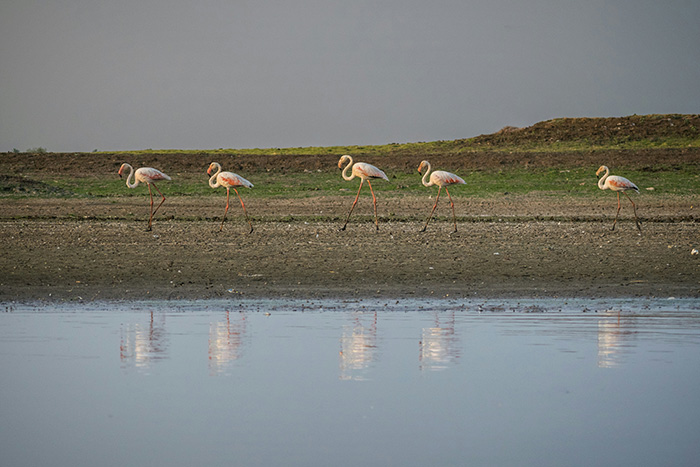
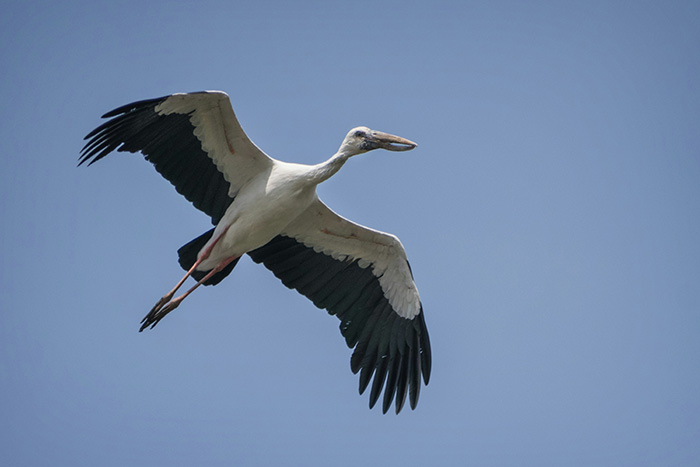
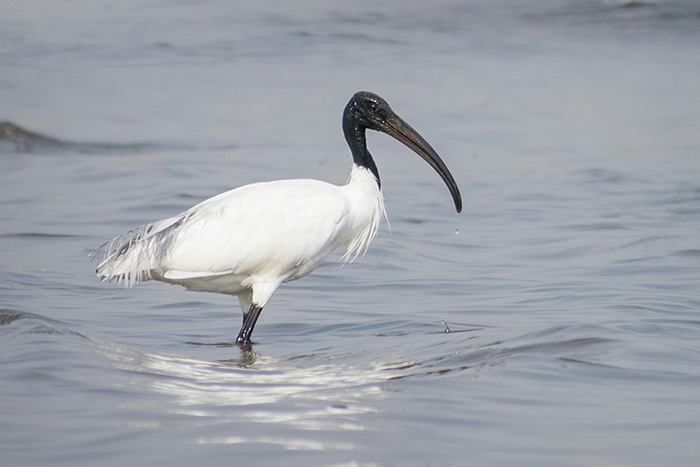
Cultural and Ecological Significance
Cranes hold a special place in Indian culture and mythology. They are often seen as symbols of longevity, fidelity, and good fortune. In various Indian folklores and traditional art forms, cranes are depicted with reverence and admiration. The Sarus Crane, in particular, is celebrated in local traditions and festivals, highlighting its importance in cultural heritage.
Ecologically, cranes play a crucial role in maintaining the health of wetland ecosystems. As omnivores, they help control insect populations and disperse seeds, contributing to the overall biodiversity of their habitats. Their presence indicates a healthy ecosystem, as they require specific conditions for breeding and feeding.
Conservation Challenges and Efforts
Despite their cultural and ecological significance, crane birds in India face numerous conservation challenges. Habitat loss due to urbanization, agricultural expansion, and industrial development is a primary threat. Wetlands, which are crucial for their survival, are being drained or polluted, reducing the available habitat for these birds.
1. Habitat Protection:
Protecting and restoring wetlands is vital for crane conservation. This involves implementing policies to safeguard existing wetlands, restoring degraded habitats, and creating new wetland areas. Community-based conservation programs that involve local stakeholders in habitat management have shown positive results.
2. Awareness and Education:
Raising awareness about the importance of cranes and their habitats is essential for garnering public support for conservation efforts. Educational programs in schools, community outreach initiatives, and media campaigns can help foster a conservation ethic among the general public.
3. Research and Monitoring:
Ongoing research and monitoring are crucial for understanding crane populations, migration patterns, and habitat requirements. This data is essential for developing effective conservation strategies and assessing the impact of conservation interventions.
4. Policy and Legislation:
Strong policies and legislation are needed to protect crane habitats from degradation and encroachment. This includes enforcing existing environmental laws, creating protected areas, and promoting sustainable land use practices.
Cranes are majestic birds that symbolize grace and ecological balance. The Sarus Crane, Demoiselle Crane, and Common Crane, found in various parts of India, are integral to the country’s natural and cultural heritage. However, these birds face significant threats from habitat loss and environmental changes. Concerted conservation efforts, involving habitat protection, community engagement, research, and policy support, are essential to ensure that these magnificent birds continue to thrive in India’s diverse landscapes. Protecting cranes and their habitats is not only crucial for biodiversity but also for preserving the cultural and ecological integrity of the regions they inhabit.


